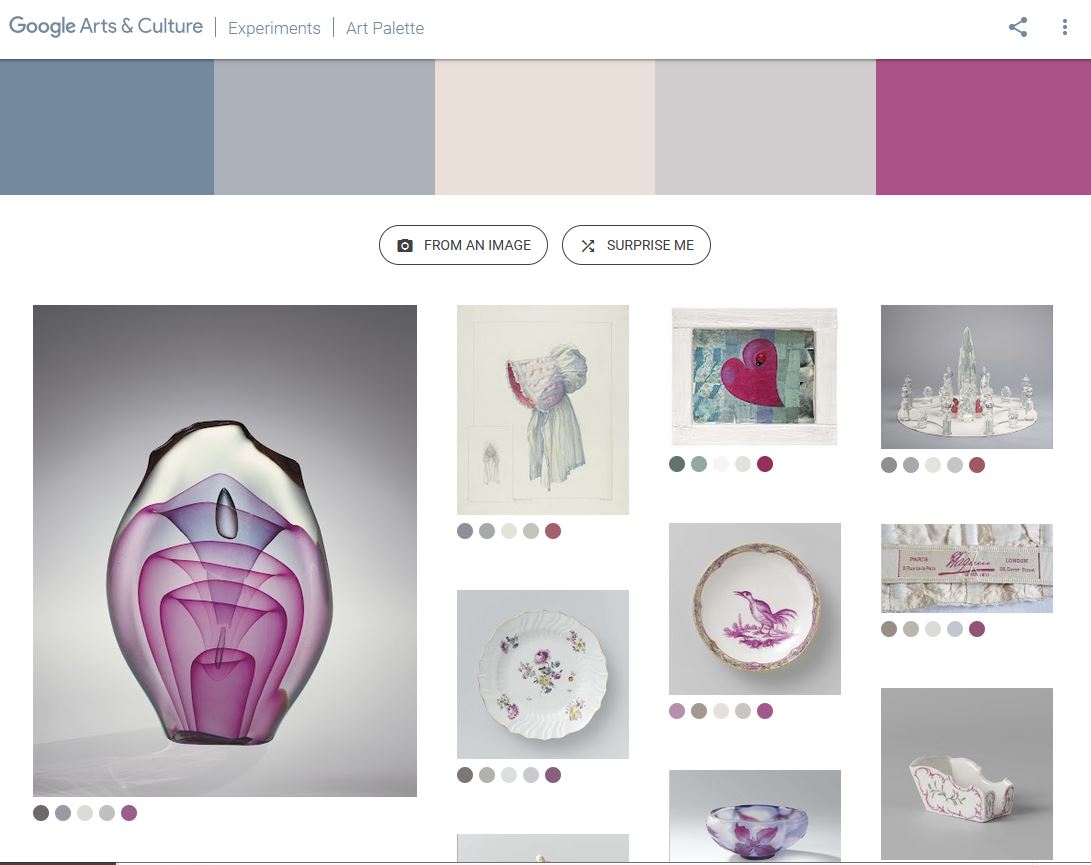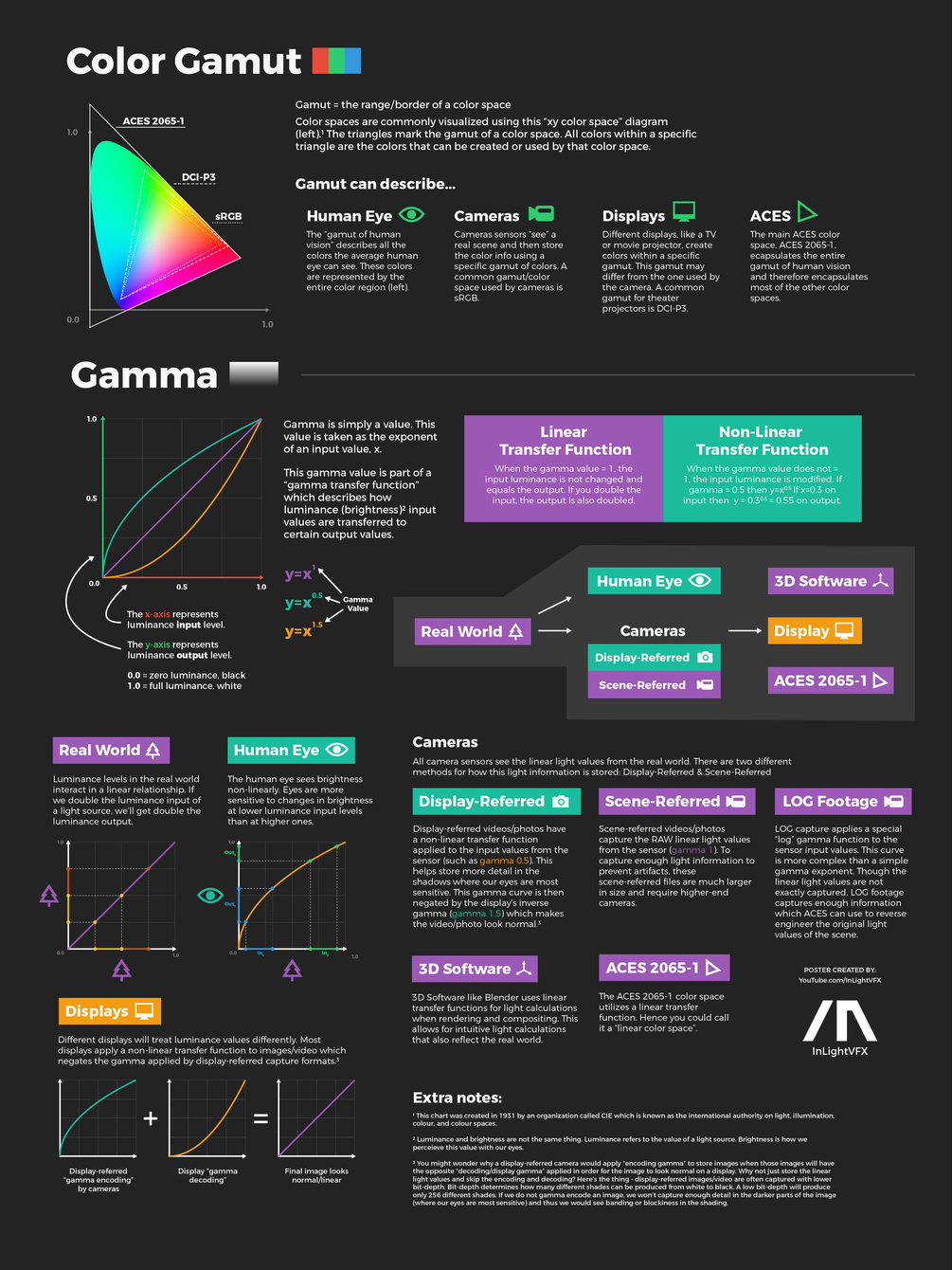This is the color of something infinitely hot.

Of course you’d instantly be fried by gamma rays of arbitrarily high frequency, but this would be its spectrum in the visible range.
johncarlosbaez.wordpress.com/2022/01/16/the-color-of-infinite-temperature/
This is also the color of a typical neutron star. They’re so hot they look the same.
It’s also the color of the early Universe!
This was worked out by David Madore.
![]()
The color he got is sRGB(148,177,255).
www.htmlcsscolor.com/hex/94B1FF
And according to the experts who sip latte all day and make up names for colors, this color is called ‘Perano’.










